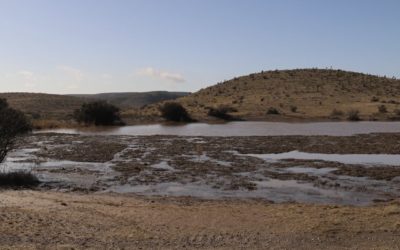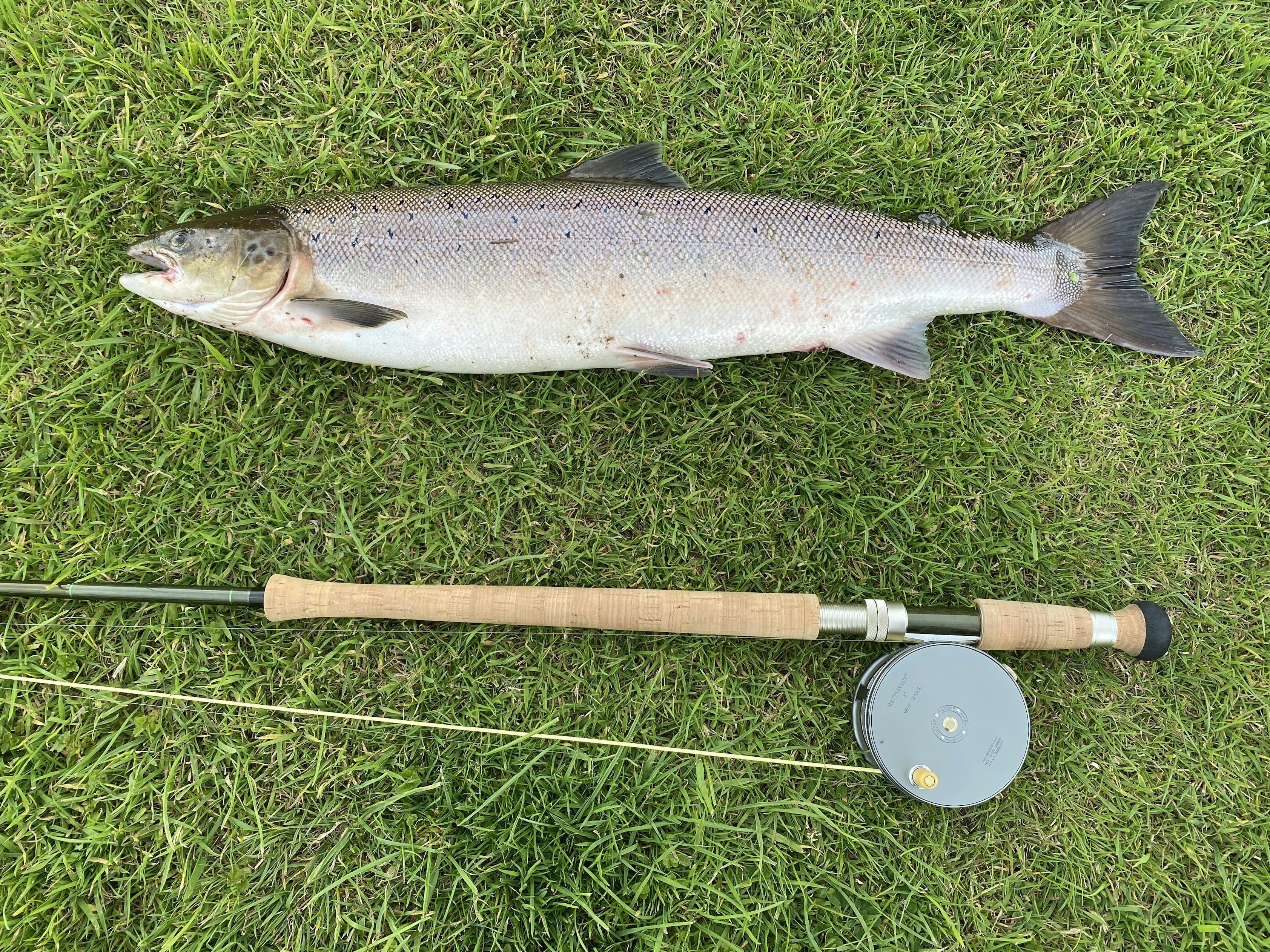Who Liked Hurricane Sandy? These Tiny, Endangered Birds
As discussed below, barrier islands are very subject to storm “damage”, which change habitats from one year to the next. The species that inhabit them are adapted to these changes, and decline without them.
NOTE: this article was originally published to The New York Times on June 21, 2019. It was written by Annie Roth.
On New York’s Fire Island, the piping plover population has nearly doubled since the big storm in 2012, scientists report.
The wrath of Hurricane Sandy’s powerful winds and violent storm surge left considerable damage across New York and New Jersey in October 2012. But for one tiny bird, the cataclysmic storm has been a big help.
“Hurricane Sandy was really good for piping plovers,” said Katie Walker, a graduate student in wildlife conservation at Virginia Tech.
The piping plover is a small, migratory shorebird that nests along North America’s Great Lakes and Atlantic Coast. The species, which is listed as endangered in New York State and threatened federally, has been the focus of intensive conservation efforts for decades. But on one island that was heavily damaged by the big storm, the piping plover population has increased by 93 percent, Ms. Walker and colleagues reported in the journal Ecosphere this month.
The finding highlights how major weather events can benefit wildlife on barrier islands that humans have engineered to resist storm damage.
Fire Island, a 32-mile-long barrier island off the southern coast of Long Island that is popular with vacationers, was hit particularly hard by Hurricane Sandy. The storm washed sand and seawater across the island, flooding homes, flattening dunes and breaching the island in three places.
Sand deposited from Fire Island’s oceanside onto its bayside created a number of new sand flats. Some areas were also breached by seawater but most were filled by the Army Corps of Engineers shortly after the storm as part of the recovery effort, and to help make the island better able to withstand future storms.
For the threatened birds, this was great news. Piping plovers like to nest on dry, flat sand close to the shoreline, where the insects and crustaceans they feed on are easily accessible. But over the past century, coastal development and recreational use of shorelines have vastly reduced the amount of waterfront property available to the sand-colored shorebirds.
Ms. Walker and her colleagues analyzed aerial photographs of Fire Island taken before and after Hurricane Sandy and discovered that the storm, and the coastal engineering that followed it, increased the amount of suitable habitat for plovers by roughly 50 percent.

“It’s not surprising,” said Jonathan Cohen, assistant professor at SUNY College of Environmental Science and Forestry, who was not involved with the study. “When storms like Sandy flatten dunes and scour away vegetation, they create open sandy areas where plovers can lay their eggs.”
For the past three years, the majority of new and returning plovers chose to nest in habitats generated by the storm. And now, for the first time in nearly a decade, Fire Island’s population of piping plovers is growing.
“Hurricane Sandy was obviously very catastrophic for human infrastructure on Fire Island, but on an ecosystem level, it worked wonders,” said Ms. Walker.
Barrier islands like Fire Island are known as early successional habitats, which means they require regular disturbance events to keep their ecosystems in check. Under normal circumstances, Fire Island would experience disturbance events on an annual basis. However, engineers have gone to great lengths to stabilize the island, and now only powerful storms like Sandy are able to have a significant impact on the island’s ecosystem.
“Barrier islands are very dynamic systems, they don’t stay the same from one year to the next. The species that inhabit them there are adapted to these changes, so if we try to keep these systems static, we are going to lose these species,” said Dr. Cohen
Last year, 486 pairs of piping plovers nested along the shores of New York and New Jersey, approximately 10 percent of which did so on Fire Island. If current trends continue, the two states may soon reach their recovery goal of 575 breeding pairs set out by the U.S. Fish and Wildlife Service.
“If reproductive output remains high and plovers continue to nest in these regions, the population will continue to do well, but it definitely will hit a point where it’s going require another large scale disturbance event, another storm,” said Ms. Walker.



